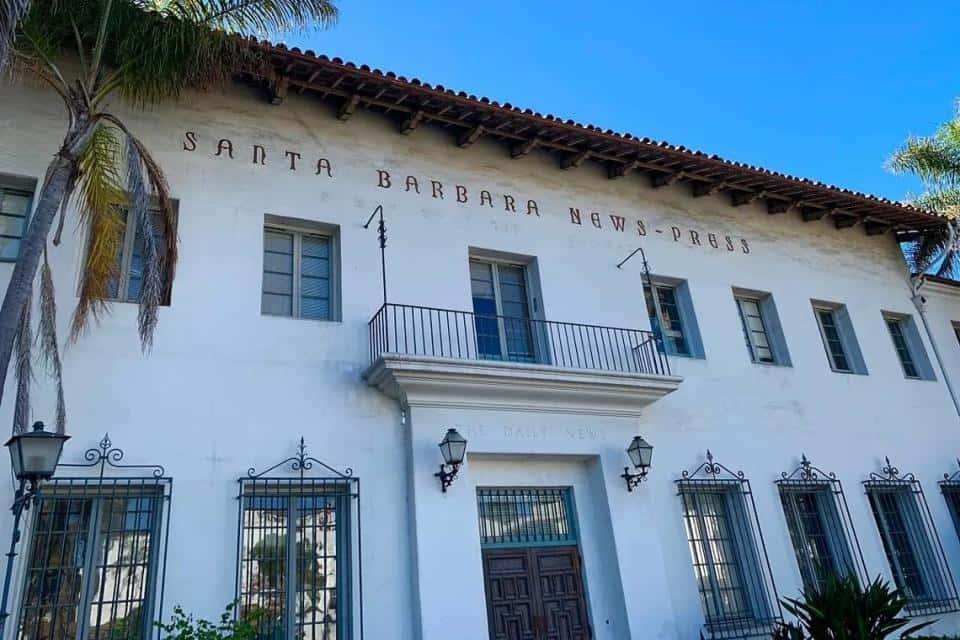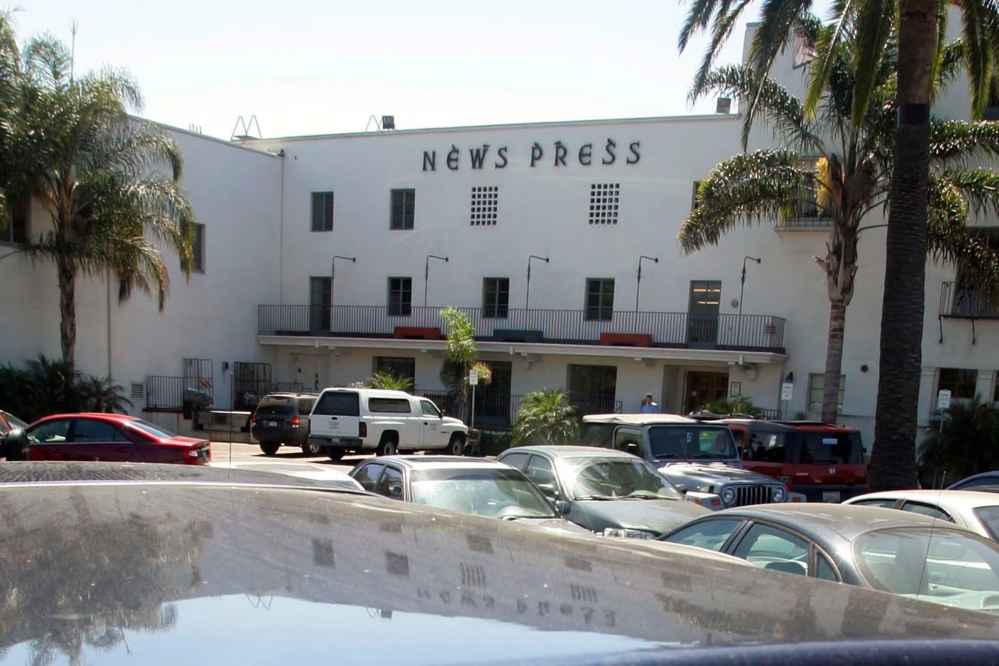The Santa Barbara Paper shifted to an online-only format in April, but owner Wendy McCaw‘s recent bankruptcy filing led to its ultimate closure.

Santa Barbara Paper, the esteemed Pulitzer Prize-winning newspaper with a 150-year legacy, has halted its print and digital operations due to bankruptcy
Managing editor Dave Mason conveyed the unfortunate news to the staff through an email, explaining that financial constraints prevented them from paying salaries, and final paychecks would be issued after court approval of the bankruptcy. Despite the bankruptcy filing, the Santa Barbara Paper’s website remained active with its last digital edition posted on Friday, making no mention of the impending closure.
The Chapter 7 bankruptcy filing by Ampersand Publishing, the parent company, revealed assets of less than $50,000 and debts ranging from $1 million to $10 million.
The Santa Barbara Paper, founded in 1855, once boasted a daily circulation of 45,000 and published seven days a week, serving the upscale city of Santa Barbara with its 90,000 residents. However, controversies arose during McCaw’s ownership, leading to the departure of several top editors and a decline in the paper’s credibility.
Despite the closure of the Santa Barbara Paper, the community still retains The Independent, a weekly newspaper, and the digital site Noozhawk
The Santa Barbara Paper closure reflects the broader challenges faced by the struggling news media, with the U.S. losing an average of two newspapers per week, and it is projected that about a third of all newspapers will have disappeared by 2025.
Experts attribute the struggles to intense competition from tech giants like Google, Facebook, and Amazon, which have dominated the ad market, making it difficult for traditional media companies to find a sustainable business model for local news.
This Santa Barbara Paper unfortunate development highlights the ongoing crisis faced by local newspapers across the country, even in affluent cities and suburbs. The media landscape is evolving rapidly, with even larger newspapers, such as the Los Angeles Times, experiencing layoffs and ownership changes. With no clear solution in sight, the future of local news remains uncertain.




